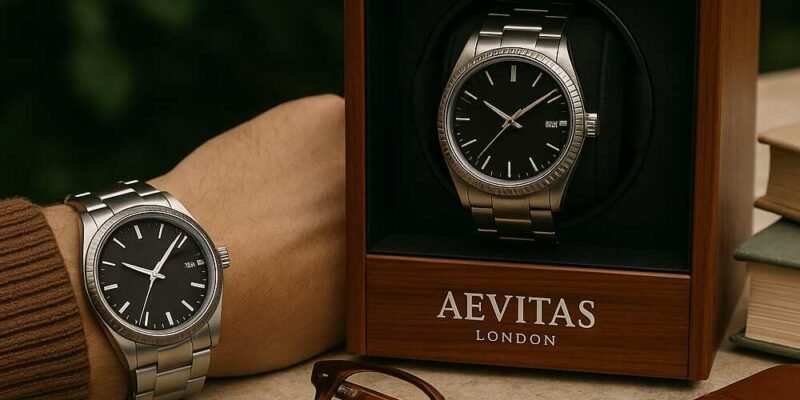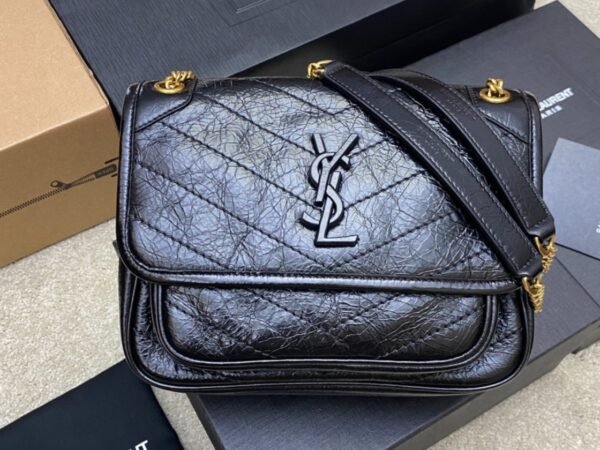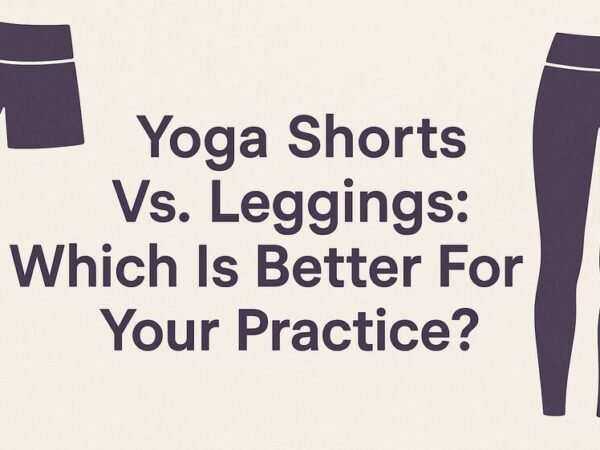In the world of horology, automatic watches hold a unique charm — but maintaining their precision requires more than occasional wear. This is where a watch winder steps in. Whether you’re an avid collector or someone with a cherished timepiece, understanding how a watch winder works and what to look for can significantly enhance your ownership experience. This guide provides an in-depth exploration of the utility, functionality, and selection of watch winders.
What Exactly Is a Watch Winder?
A watch winder is a mechanical device that replicates wrist motion to keep automatic watches functioning. These watches rely on natural movement to maintain energy, and when left idle, they stop ticking. A winder keeps them active by rotating the watch in a precise manner, ensuring that the time, date, and any complications remain accurate.
Imagine having a trusted helper that keeps your watch always wound and ready. That’s essentially the job of a watch winder — silently maintaining precision.
Why Do Watch Winders Matter?
To the casual eye, watch winders may seem like luxury add-ons, but their practical benefits are clear:
- Preserves Precision: Keeps complications like perpetual calendars and moon phases up-to-date.
- Reduces Wear: Avoids frequent manual adjustments that can strain delicate mechanisms.
- Saves Time: There is no need to reset your watch after every break in use.
- Protects Value: Proper upkeep can retain — or even raise — the value of high-end timepieces.
Recent data from 2024 reveals that over two-thirds of automatic watch owners rely on winders to manage their collections effectively.
Inside the Mechanics of a Watch Winder
A watch winder isn’t just a spinning box — it’s a precision instrument. It includes a motorized mount that rotates the watch at set intervals, engaging the internal rotor to wind the mainspring.
Modern designs come with adjustable settings to tailor the operation to your watch:
- Rotation Mode: Clockwise, counterclockwise, or both.
- Daily Rotations (TPD): Watches typically require between 600 and 1,200 turns per day.
- Rest Intervals: Prevents overwinding and mimics natural movement cycles.
Check your watch’s manual to match these settings perfectly.
Who Should Use a Watch Winder?
While not mandatory for every watch owner, winders offer immense convenience to:
- Collectors: Perfect for those with multiple timepieces in rotation.
- Busy Professionals: Eliminates the hassle of frequent resets.
- Owners of Complicated Watches: Ideal for watches with intricate functions.
- Occasional Wearers: Keeps rarely worn pieces operational without effort.
If your daily wear keeps your watch powered, a winder may be optional, but it remains a valid consideration.
Types of Watch Winders Explained
Watch winders are available in various formats, each catering to specific preferences and needs:
- Single-Watch Winders
- Compact and affordable, it is suited for individuals with one or two watches.
- Multiple Watch Winders
- Designed for collectors, offering individualized controls for each slot.
- Modular Units
- Scalable solutions that grow with your collection.
- High-End Designs
- Combine functionality with luxury using fine materials and craftsmanship.
- Travel-Friendly Winders
- Battery-powered and portable, it is ideal for keeping watches wound while on the go.
Key Elements to Look For
A well-chosen watch winder enhances both function and form. Here’s what matters:
- Personalized Controls: This must accommodate your watch’s specific TPD and direction of travel.
- Noise Level: A quiet motor ensures peaceful operation, especially in bedrooms.
- Sturdy Materials: Look for robust construction that offers lasting performance.
- Power Options: Choose between AC plugs and battery use according to your specific needs.
- Visual Style: Aesthetics matter — pick a design that fits your decor.
Always verify your watch’s technical needs before making a purchase.
The Upsides of Using a Winder
Beyond just keeping your watch ticking, a winder adds value in multiple ways:
- Ease of Use: Your watch is always set and ready to go.
- Extended Lifespan: Prevents oils from settling, supporting mechanical health.
- Display Function: Many winders double as elegant showcases.
- Maintenance Support: Keeps complications functioning smoothly.
A recent repair study highlighted a 17% reduction in mechanical issues over time when watches were stored in winders.
Dispelling Watch Winder Myths
Misinformation can make people skeptical. Let’s clear up common myths:
- “Winders cause damage”
- False. Properly calibrated winders are entirely safe.
- “All automatic watches need them.”
- Not necessarily. Daily wear is often enough.
- “Only expensive ones work.”
- Functionality matters more than price. Budget models can work just as well if configured correctly.
How to Pick the Right Watch Winder
Finding the right fit involves evaluating a few personal and technical factors:
- Collection Size: Determine the number of watches that require winding.
- Watch Requirements: Check TPD and rotation specs.
- Financial Plan: Prioritize useful features within your price limit.
- Aesthetic Fit: Choose a model that complements your surroundings.
- Customer Insight: Reviews offer valuable performance feedback.
For example, someone with three automatic watches might opt for a triple-winder with quiet motors and independent settings.
Maintenance Tips for Longevity
Your winder also deserves care. Here’s how to extend its lifespan:
- Wipe Regularly: Clean dust and smudges from surfaces.
- Check Settings: Review configurations periodically.
- Store Safely: Keep in a cool, dry place away from direct sunlight.
- Listen to the Motor: Unusual noises may indicate it needs servicing.
Investment or Extra?
A watch winder is a smart buy for collectors and connoisseurs. It streamlines maintenance and protects valuable timepieces. Even occasional users may find it a worthwhile convenience.
Ask yourself: Do you often switch watches? Do you hate resetting features? If yes, a winder is a worthy upgrade.
Tips to Optimize Winder Usage
To get the best out of your device, try the following:
- Start with Basics: A simple unit helps you learn what settings work.
- Tweak Settings: Fine-tune TPD as needed.
- Combine with Servicing: Don’t skip professional checkups every few years.
- Use for Display: Select winders with windows to showcase your collection.
Final Thoughts
A watch winder does more than wind — it safeguards, showcases, and simplifies your relationship with your automatic timepieces. Whether you’re just getting into watches or have a vault full of them, the right winder can become a trusted companion in your horological journey.
Your watches work hard to mark your moments — a winder helps them do it without missing a beat.
Do Read: Real Love, Real Sparkle: Lab-Grown Engagement Rings Are Taking Over













